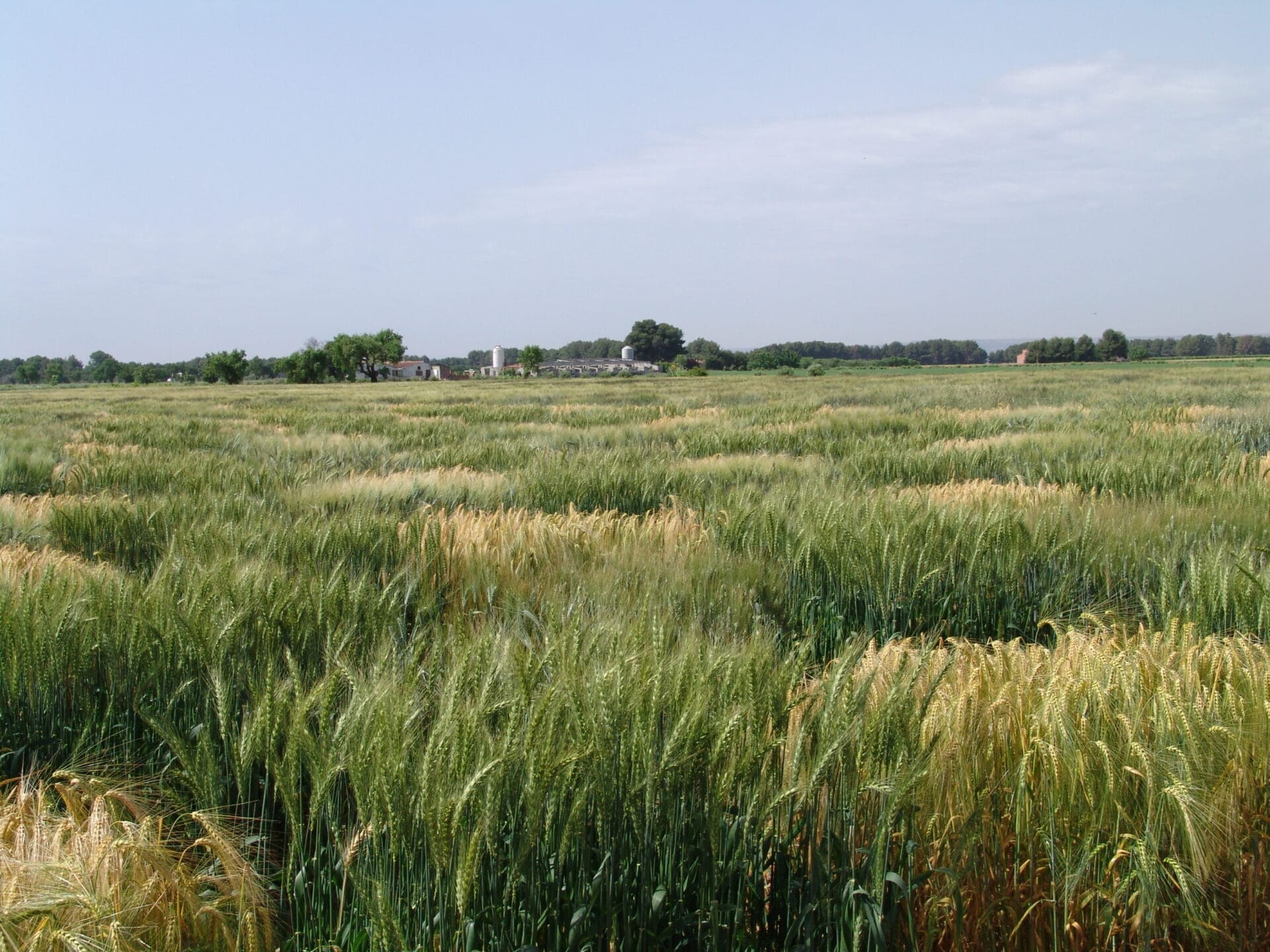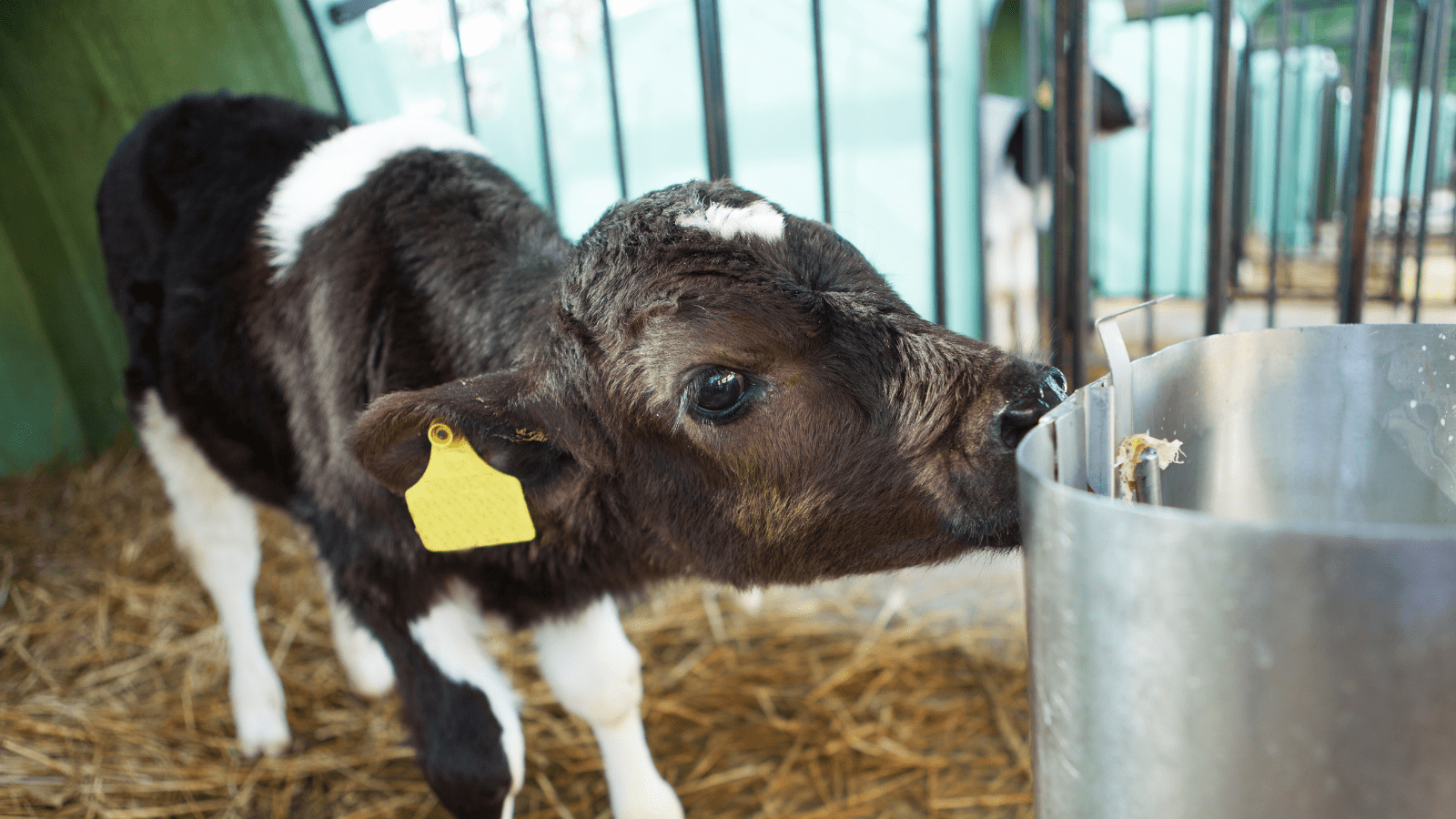
IRTA (Albert Gurri)
Durum wheat is a cereal which is widely grown in the Mediterranean basin for making pasta, couscous, semolina and other products. It is a species which is cultivated mainly on arid land, with irregular precipitation, which also makes the crop yields noticeably variable.
Durum wheat was domesticated some 10,000 years ago in the area between ancient Mesopotamia and the Persian Gulf, gradually moving from east to west, until it reached the Iberian Peninsula around 7,000 years ago. During this "journey", both nature itself and farmers selected and improved the varieties, adapting them to the climatic conditions of each region.
With the arrival of the so-called 'Green Revolution' in the middle of the last century, much improved, very uniform varieties were developed in terms of productivity. This led to farmers adopting them for mass production, to the decline in the number of local varieties and to these being gradually abandoned and being cultivated in an almost symbolic manner.
However, these varieties have very significant genetic traits which may be incorporated into the modern varieties to endow them with optimum attributes in the face of drought, diseases, etc. These characteristics are of great interest in light of the current and future growing conditions in the Mediterranean basin.
For this reason, it is necessary to classify the local Mediterranean varieties in order to determine the presence of beneficial alleles, which may be incorporated into the commercial varieties used habitually. The objective of the work of the researchers of the IRTA and Cornell University (USA) has been to detect alleles and their molecular markers associated with these traits of interest. This permits the development of durum wheat varieties which can adapt to climate change scenarios (irregular rainfall and rising temperatures).
Based on a collection of 172 local varieties of durum wheat, researchers from the IRTA and Cornell University have identified 245 associations between genomic regions and traits which are commercial interest, such as in the yield and its components, crop phenology and biomass production. In a subsequent study, the same team demonstrated that the differences observed between the local varieties from the Eastern Mediterranean areas (greater number of ears of wheat and grains per unit area and longer duration of grain filling) and those from the Western areas, (longer flowering cycle and heavier grains), have a genetic basis related to the increased frequency of genetic markers associated with each of these characteristics, depending on the area of origin of the variety.
This research by the IRTA and Cornell University has identified useful markers that can be used as enhancers by growers in order to increase yields of durum wheat varieties in Mediterranean environments.


